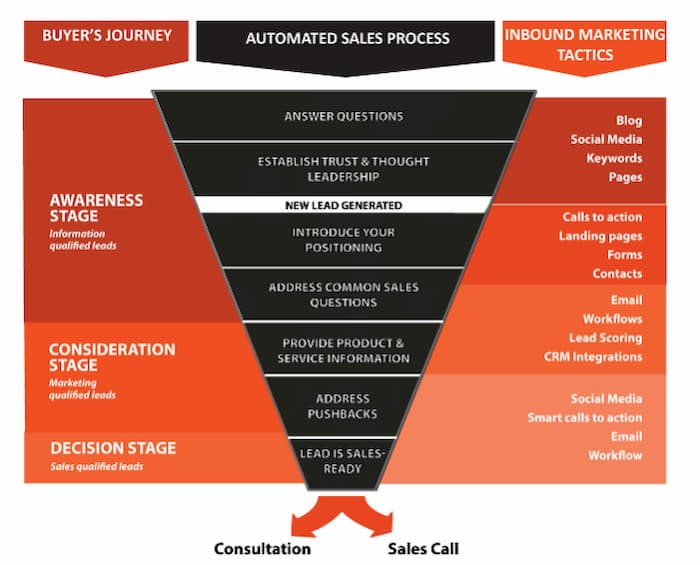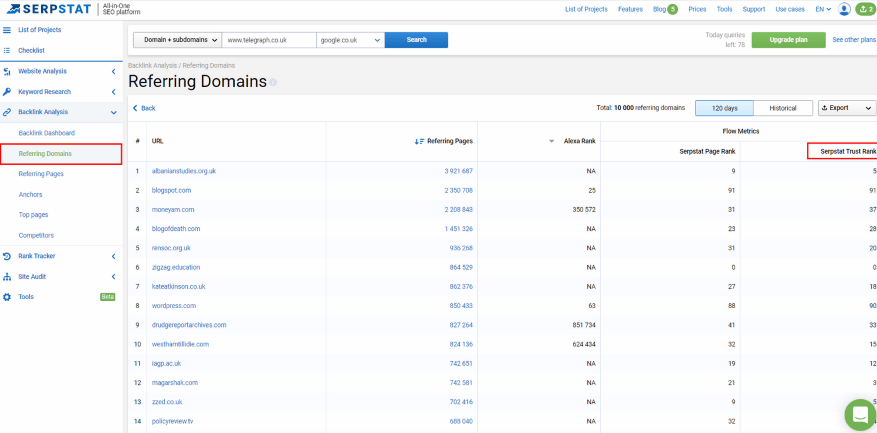In such a fast-paced digital era, entrepreneurs need to remain on top of their game. Allow me to enlighten you with the “Top 5 Powerful Tools for Entrepreneurs” that I use.
They can help you organize your entrepreneurial lifestyle. There are a number of productivity tools for entrepreneurs you can invest your time in and ensure that your business grows exponentially.
Enjoying an organized email inbox or a swift website experience was never this easy.
With the abundance of such tools and services, you can prioritize your efforts and focus on doing the work that really matters to you.
You can ensure you’re meeting your business goals by streamlining your priorities. Many among these tools are available for free, so you do not have any reason not to give them a shot. Let’s begin.
Top 6 Powerful Tools for Entrepreneurs
1. Trello
Trello is a great project management tool for entrepreneurs. It is a free tool that displays a work board of cards to allow you to organize your to-do priorities with ease.
You can create your own to-do lists and divide the tasks into cards accordingly. By default, every project or task consists of three work columns labeled as To Do, Doing, and Done.
[Editor’s note: You can rename the columns to anything you wish and add as many as you wish. I’m sure there must be a limit, but I haven’t ever hit it and have boards with dozens of columns.
The beginning of the video in this post explains How to Use Trello.]
Easily drag your cards from one column to the other ensuring maximum effectiveness. You will also be able to add comments, upload files, and create checklists on your work board.
Feel free to use this versatile app for carrying out and managing your different tasks. For example, you can:
- organize multiple projects at the same time
- write a book
- create an online course while tracking its progress.
Trello offers a bird’s-eye view on every project that you’re working on, ensuring that you remain efficient while enjoying complete control.
2. Office Online
Office Online is an essential business tool. Starting from $6 per month, I feel it is the best complete package tool for office work.
Their word feature is by far the best text pad I’ve used. It is a great tool when you’re working on a single project with multiple team members. My favorite feature among many is its advanced accessibility.
You can access your office tools such as slides, docs, excel sheet, online storage, etc., from any location at any time on any device.
Office Online offers an easy-to-use interface and you can enjoy complete control of who can view or edit your content. You have the authority to control the accessibility and privacy of your content.
Authorized team members can proofread and edit the content for everyone else to see. You can chat with each other as well as add or remove comments.
You will also be able to see who is working on the project in real-time which makes it one of the best tools for entrepreneurs.
Furthermore, I use Office Online for all my projects, plans, and proposals. It is a very convenient tool that allows me to share inter-team as well as intra-team information.
Office Online auto-saves your work so you do not have to worry about losing your content. It comes with 1TB additional online storage.
3. Bizzabo’s Event Management Platform
Bizzabo’s event management platform is an intelligent personal assistant that helps entrepreneurs to schedule and keep track of their meetings and appointments.
With the assistance of X.Ai, you can increase your productivity and focus effectively on the efforts you need to put in to meet your business goals.
This personal assistant ensures that your emails do not remain unanswered. It allows you and your team to reach an agreement concerning meetings or discussions.
X.Ai searches for the best suitable time based on everyone’s availability for a team meet-up.
Moreover, correspondence that comes in from clients can also be processed automatically. Set up meetings for you with them while you focus on being an awesome entrepreneur.
4. QuickBooks
Another great tool for entrepreneurs, QuickBooks is a popular accounting tool that allows entrepreneurs to keep track of all their income and expenses.
It offers an easy-to-use interface where you can swiftly send invoices to your vendors and suppliers.
QuickBooks ensures the monitoring business transactions with ease. You can automate daily expenses. Moreover, you can also auto-fill parts of your taxes with just a few clicks.
5. InFlow
InFlow is a desktop-based inventory management tool for entrepreneurs that helps them track inventory.
You can fill your customers’ orders, reorder stock, generate purchase orders, and develop customized reports as well.
InFlow is a popular choice when you’re looking for effective tools for entrepreneurs. Its flexible design allows it to fit well with many different businesses and industries.
5. TimeCamp
TimeCamp is a time tracking software and an employee hour calculator. It allows measuring employees’ working time in multiple ways: with a desktop app that works in the background, with a mobile app, browser plugin, or by filling timesheets manually. No matter which way you choose, you can ensure the working hours are tracked on the dot.
With its accurate time tracking and attendance data, it’s great to support payroll. A wide range of preset custom reports helps analyze the employees’ effectiveness and projects’ performance.
What’s more, TimeCamp ensures both teams and freelancers the project management features. Its clear project structure with tags makes the daily time and task management flawless, with time entries assigned to the accurate project or task. Users can also invite Guests to their account and show them their time results with billable/non-billable hours as proof of work.
Besides being a comprehensive time management suite, TimeCamp also helps teams estimate the time of projects and track the resource consumption in ongoing projects.
Another feature that both teams and freelancers can find useful is invoicing. Users can generate invoices and send them straight to their customers.
Summing up, TimeCamp eases the pain of daily time-related company processes. Based on time tracking data.
It doesn’t matter whether you’re a wholesaler, retailer, or a manufacturer, InFlow will ensure you manage your inventory with ultimate ease.

6. Visme
Visme is an easy-to-use visual content creation and collaboration platform. With Visme, you can get ready for your meetings by creating beautiful presentations, pitch decks, reports, sales decks, videos, etc.
The best part is that it includes a drag-and-drop editor and a library of hundreds of templates, photos, and animated characters.
Combining simplicity with flexibility, Visme allows entrepreneurs to create engaging visual content to deliver their messages clearly to their audience.
It has a collection of native integrations, so you can connect Visme to other tools you already use. It is also great for team collaboration since you can create, store and collaborate while maintaining brand consistency across your whole team.
In Summary
These above-mentioned five tools for entrepreneurs are essential for your business. Every businessman should have them in their arsenal for success.
There are plenty of other productivity tools available for entrepreneurs, however, many among them come at a high price and have a difficult interface.
I personally use these tools daily to manage my tasks. They allow me to remain on top of everything. They never fail to enhance my workflow and improve my processes.
Using these powerful tools will certainly add value to your business. You and your employees can help each other grow your business in amazing ways.
Infographic added 3/14/21 – not from original author.
Originally published 6/18/19; updated 12/5/21 to remove an outdated tool name and add new tools; updated 11/15/22 to add a tool.


















